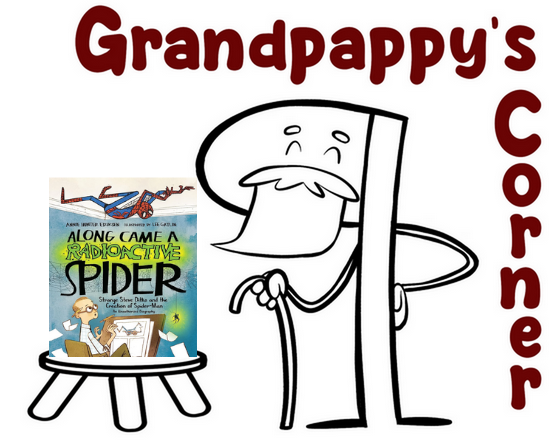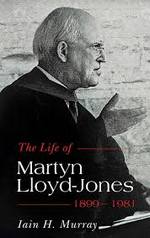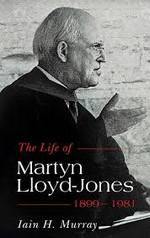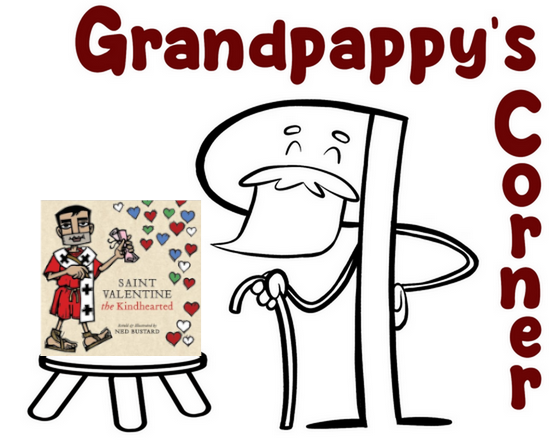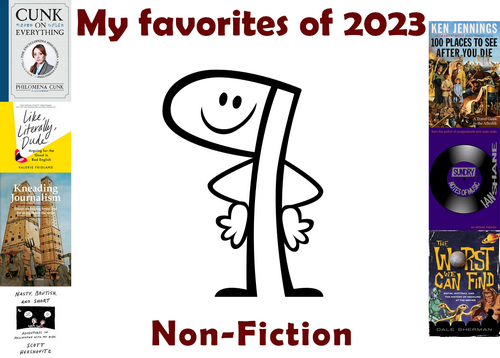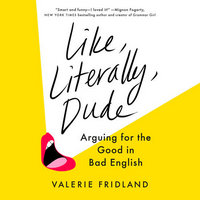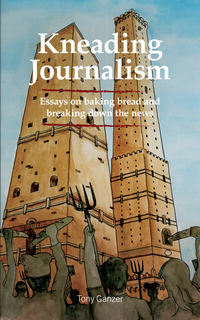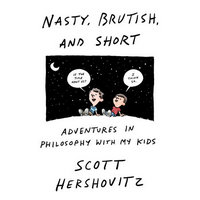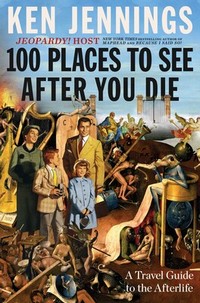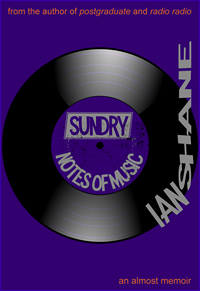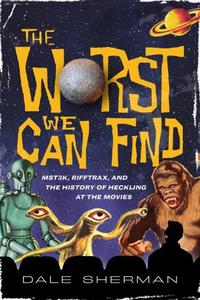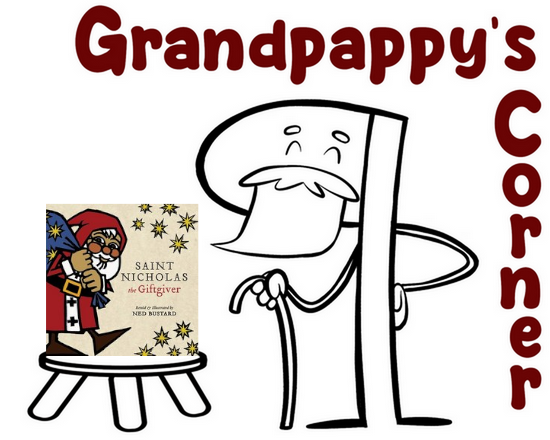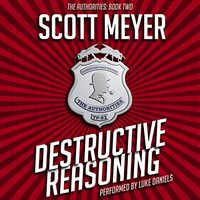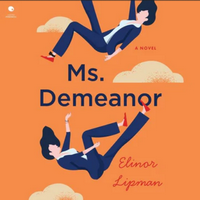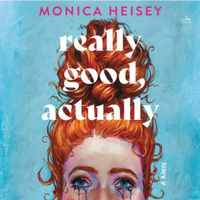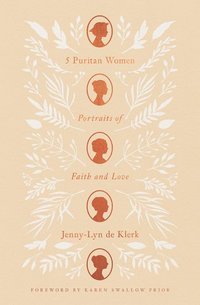Along Came a Radioactive Spider:
Strange Steve Ditko and
the Creation of Spider-Man
by Annie Hunter Eriksen , Lee Gatlin (Illustrator)
DETAILS: Publisher: Page Street Kids Publication Date: August 1, 2023 Format: Hardcover Length: 32 pg. Read Date: April 20, 2024

What’s Along Came a Radioactive Spider About?
It’s right there in the title—subtitle, really, I guess. This is an unauthorized biography (we’re told at one point that Ditko would hate a book about him, so there’s no chance of an authorized one) of Spider-Man’s co-creator, Steve Ditko, written for the older picture book reader.
It covers his childhood and a little of his comic book career up to Spider-Man and then Doctor Strange. Following that, we get two text-heavy pages talking about Ditko in a bit more detail (for the parents, I’m guessing).
Let’s Talk about the Art for a Minute
Gatlin has a very distinctive style that I wish I knew how to describe. I’ve seen his work here and there on the internet (I don’t think it ever had his name attached, sadly), but I’ve never seen this much in one place at a time.
You’re never in doubt as to what he’s drawing, but realism isn’t really what he’s going for. There’s an energy, a mood, a feeling of movement to all his drawings that I find really appealing—and I imagine young readers/those-read-to will find compelling as well.
I assumed that when the book covered people like Spider-Man or Doctor Strange that he’d go for a Ditko-feel to the art, just to pay homage or show the reader what Ditko produced. But he didn’t—at least not too much—there’s a distinct look to most of that art to separate it from the rest of the book, but it’s just a different flavor of Gatlin (which is perfectly fine, I’m just trying to describe things in my own meager way).
I’m planning on spending more time just looking at the illustrations, catching what I missed the first couple of times—and I don’t imagine I’ll be the only one.
So, what did I think about Along Came a Radioactive Spider?
I really do wonder how many children will care about this—they may like Spider-Man or Doctor Strange, but will they care about the story of the man who drew them and helped create them? I’m just not sure.
Now, their parents and grandparents are going to love this—and probably want more. And yes, this could be a fun non-Marvel Cinematic Universe way to introduce a child to a couple of comic book heroes, and that’s probably the idea behind most people buying this book.
Or I could be wrong—that’s just a guess on my part. I’d like to be wrong.
For a biography of a little-known figure who has altered superhero history the way that few have, this is a great read. And the right reader is going to delight in it. I’d have liked it to be twice the length—but the subject and the medium don’t really allow for that, so I got over that pretty quickly.
This is apparently a companion book to With Great Power: The Marvelous Stan Lee from the same creators—I’ve got to get my hands on that one.

This post contains an affiliate link. If you purchase from it, I will get a small commission at no additional cost to you. As always, the opinions expressed are my own.
![]()


